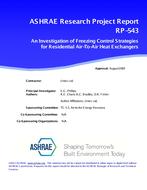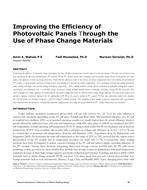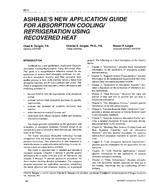Temperature trends for the last 100 years in several U.S. cities were analysed. Since approximately 1940 there has been a steady overall increase in urban temperatures. Summer monthly averages have increased by 0.25-1 deg F per decade (approximately 1 deg F for larger cities like Los Angeles and 0.25 deg F for smaller cities). There is no evidence that this rise is moderating, and of course global greenhouse warming will add a comparable rise. Typical electric demand of cities increases by 1% to 2% of the peak for each deg F, and most major cities are now approximately 5 deg F warmer than they were in the early 1900s. Hence, we estimate that about 5% to 10% of the current urban electric demand is spent to cool buildings just to compensate for the heat island effect. There are some strategies that can alleviate the heat island effect. Computer simulations and field studies have quantified the potential of trees and lighter surfaces for reducing summer heat islands. Results indicate that the cost of saved energy and avoided CO2, through greening and whitening of urban areas, is less than 1 cent/kWh and 2 cent/kg of carbon, respectively.
KEYWORDS: climate, temperature, urban areas, cities, costs, energy conservation, energy consumption, USA, air conditioning, cooling, trees, greenhouse effect.
Citation: Symposium Papers, Atlanta, GA, 1990
Product Details
- Published:
- 1990
- Number of Pages:
- 8
- File Size:
- 1 file , 1000 KB
- Product Code(s):
- D-18541


